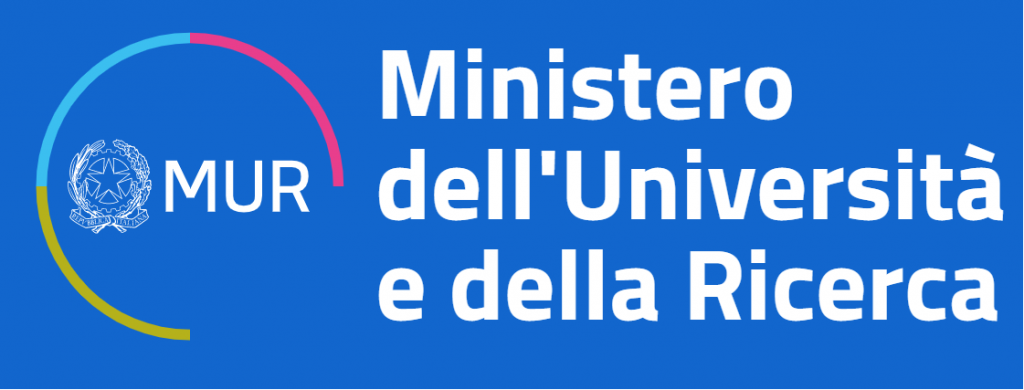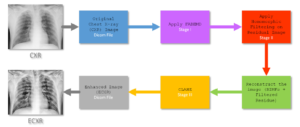The Italian factory of micromagnetic modeling and spintronics (IT-SPIN)
Project funded by Ministero Università e Ricerca (MUR) within the call PRIN2020
Project Abstract
Innovative and energetically sustainable strategies in ICT (acronyms are defined in section 1), based on new hardware architectures, are necessary to overcome the bottlenecks of current CMOS technology and foster the next revolution in information processing for IoT, AI, digitalization, and consumer electronics. This requires a diffuse, extremely low-power, highly interconnected computing capability. In this context, research in Spintronics has grown at unprecedented velocity during the last two decades, driven by several fundamental breakthroughs, such as the advances in materials and device fabrication, the development of CMOS deposition processes compatible with MTJs, and the recent launch of STT-MRAMs in the market. To sustain this spintronic-based revolution, advanced computational tools are necessary and micromagnetic modelling is nowadays ubiquitous for both fundamental research and device design and simulation. To this respect, several challenges are still open, (i) to combine different types of materials (FMs, FiMs, AFMs) within the same solver and (ii) to speed-up systematic studies for data-driven design of spintronic devices. First of all, IT-SPIN will face these challenges building a suitable computational platform (PetaSpin 2.0) developed on top of PetaSpin solver that will become a national reference for state-of-the art micromagnetic modelling.
To do that, we have created a national consortium, networking a number of internationally-recognized Italian groups with complementary expertise, that are very active in spintronics modelling for the design of devices with unprecedented functionalities. With such an interdisciplinary team of Italian excellences, our first aim is reinforcing the national competitiveness in this strategic research field, filling the actual technological gap with respect to other countries in UE, USA, and Asia. Once the computing methodology will be set and the computation capabilities optimized, we plan to investigate, in a coordinated way, six different applications of Spintronics, with the aim of improving device performance in more established technologies (e.g. spintronic amplifiers, THz detection, magnetic field sensors) as well as developing new device-concepts in emerging technological areas (e.g. probabilistic and neuromorphing computing, skyrmion caloritronics). In all the above six research fields, the impact of IT-SPIN will be qualitatively and quantitatively assessable, because we have defined measurable objectives and results to be achieved within the time window of the project.
Finally, IT-SPIN will represent a unique opportunity to:
- recruit and train a new generation of Italian scientists, providing them with the interdisciplinary scientific expertise needed to tackle the challenges of cutting-edge research in computational Spintronics;
- organize scientific and education events involving both the national scientific community and the international public in Spintronics research.


